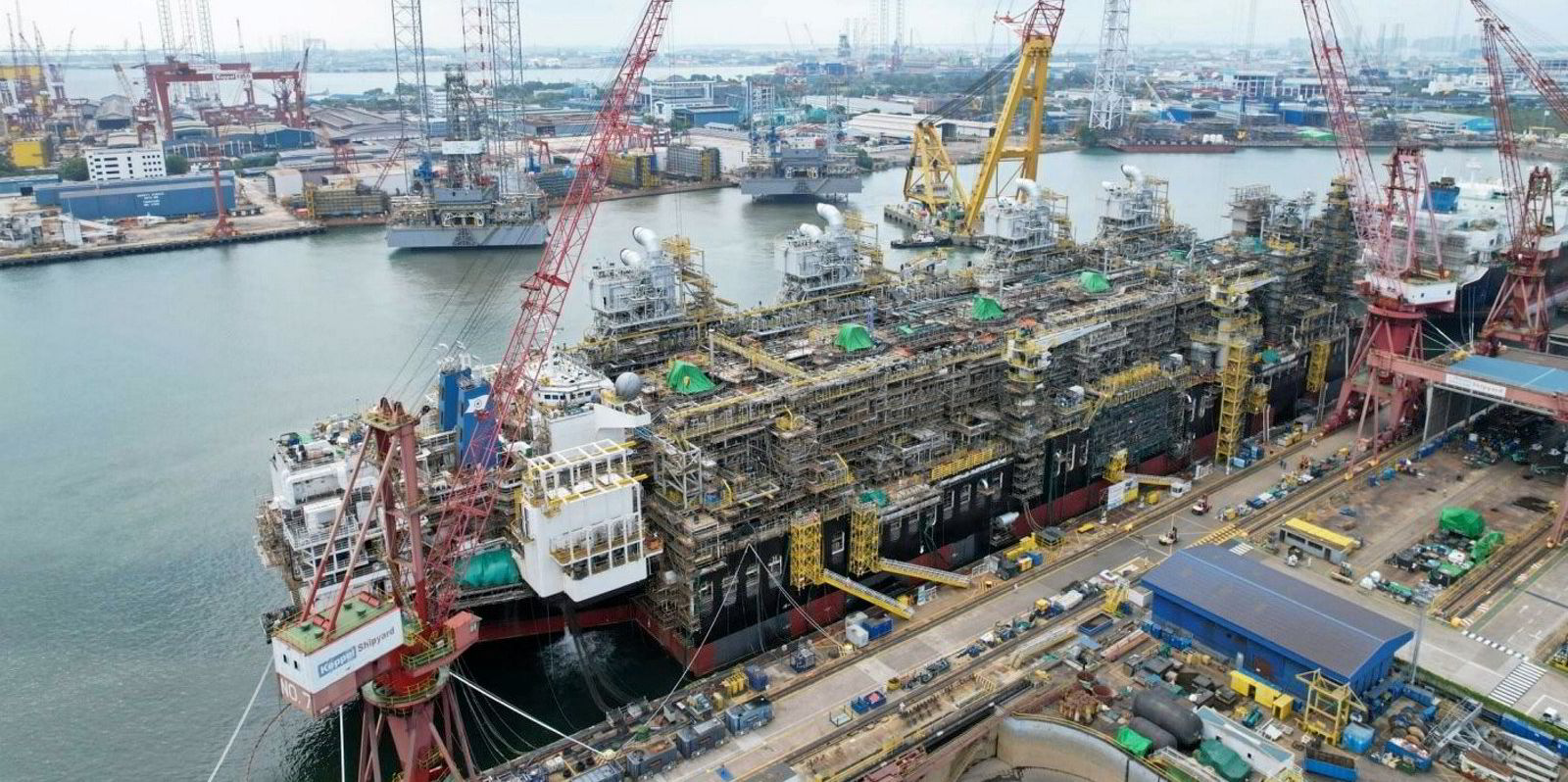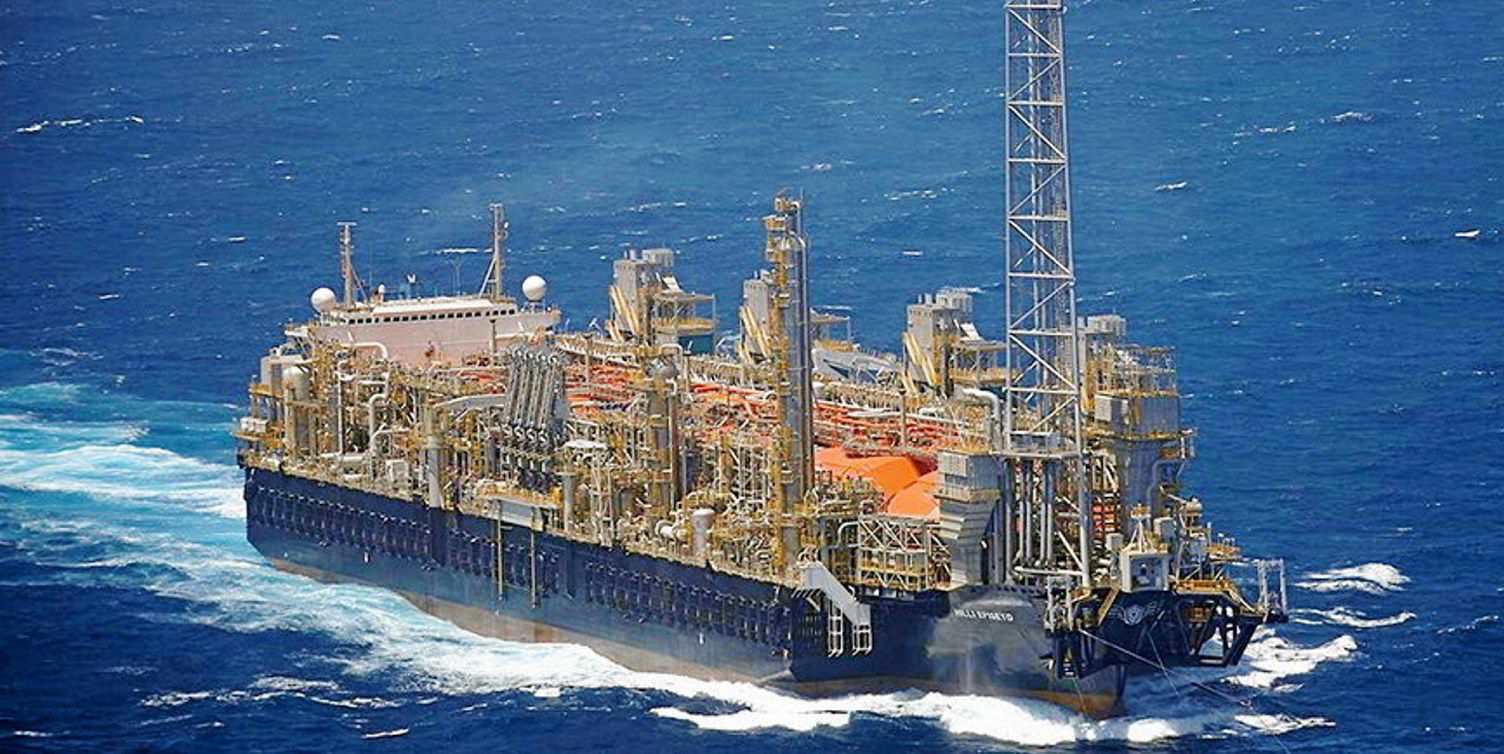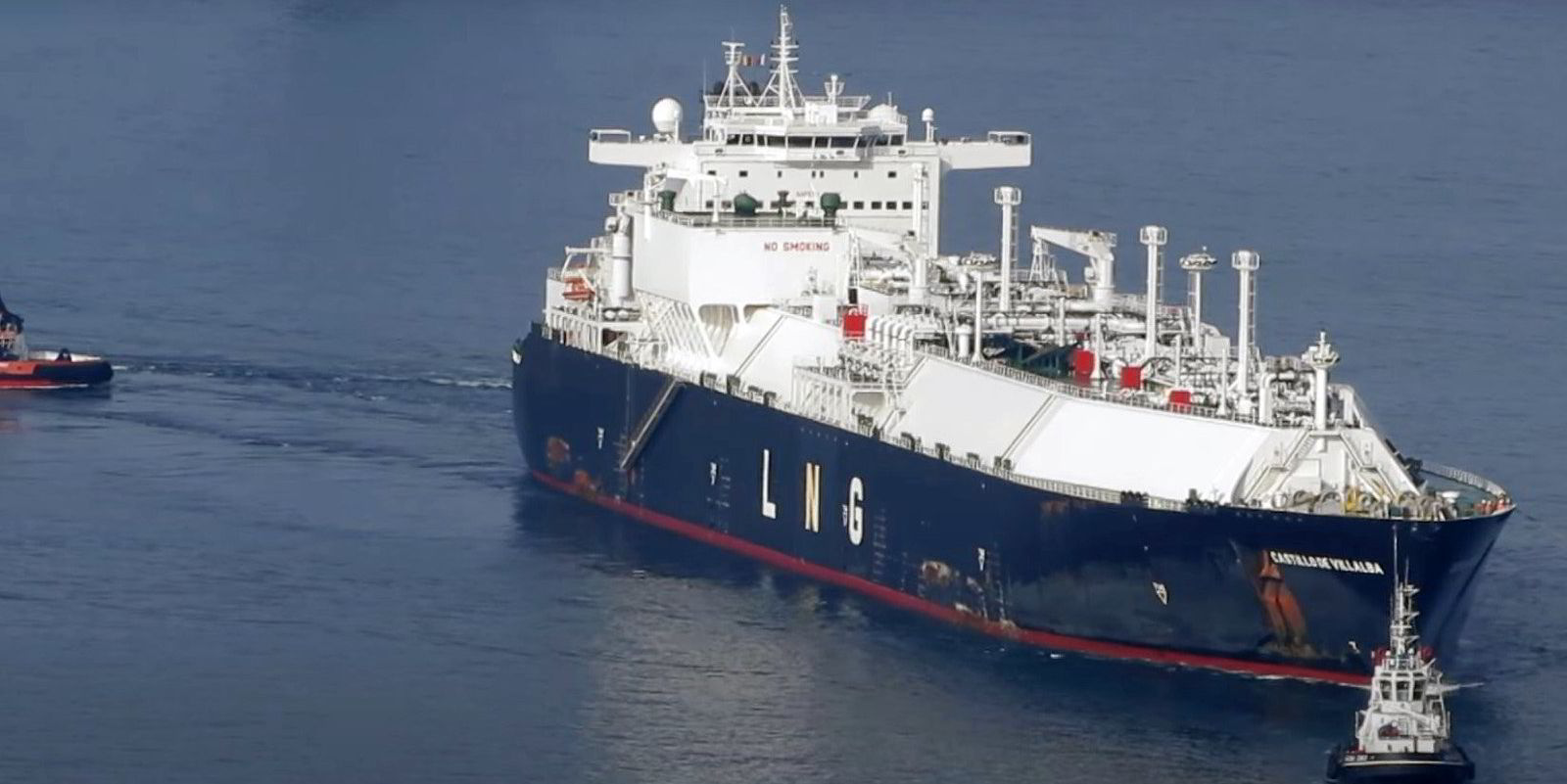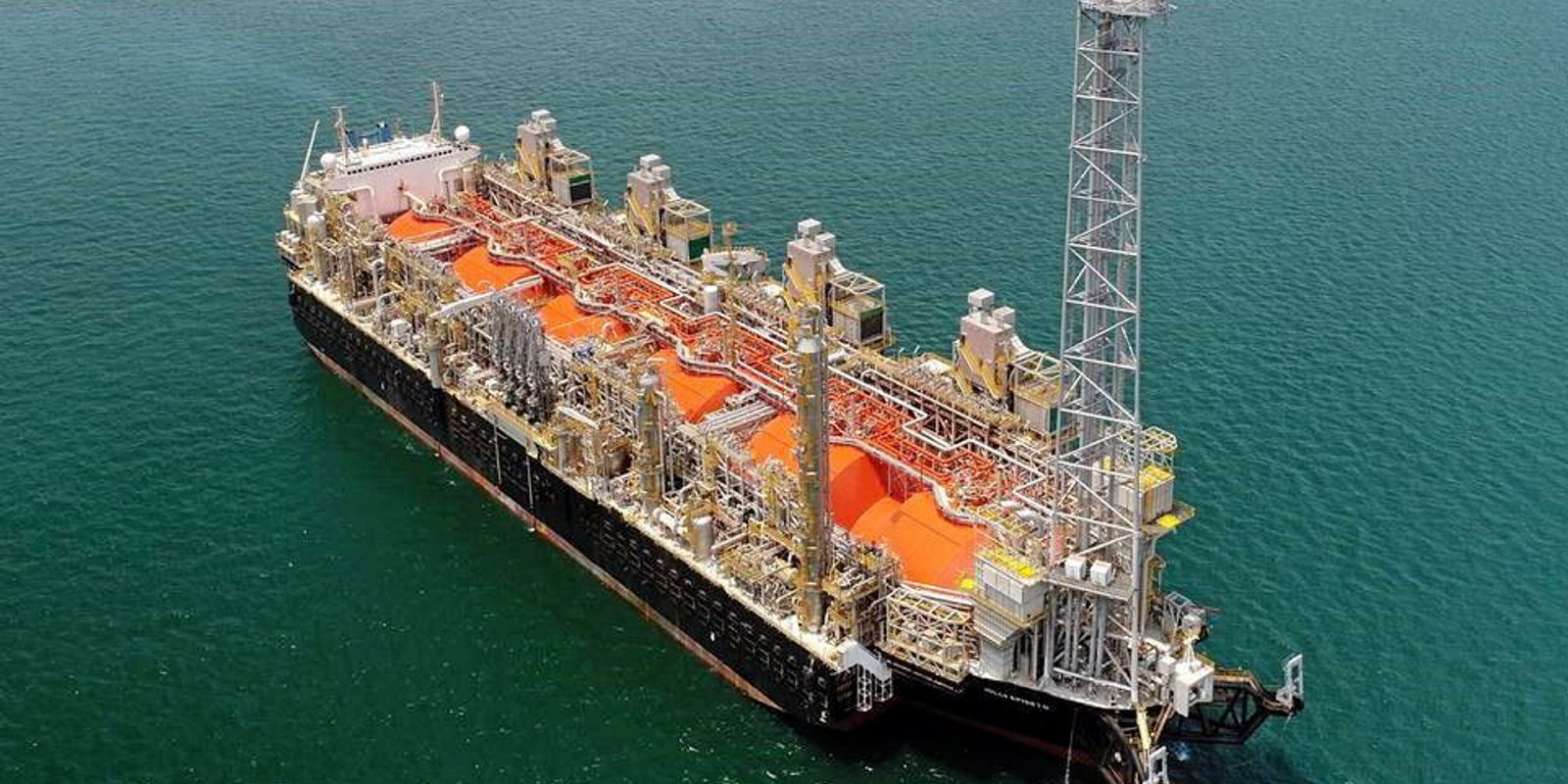Floating LNG (FLNG)-focused Golar LNG has nailed down a 2025 delivery slot at an unnamed shipyard for its planned conversion of an LNG carrier to an FLNG unit.
Speaking in a results call, Golar chief executive Karl Staubo revealed that the company has paid a $5m deposit on a 19-year-old, Japanese-built, Moss-type LNG carrier.
He did not name the ship and has yet to respond to a question on its identity. Brokers are speculating the vessel could be TMS Cardiff Gas’ 149,172-cbm Fuji LNG (built 2004).
Golar is paying $77.5m for the ship, Staubo said.
The company has currently committed to $320m of long-lead items for the job and has 200 engineers from Golar, the yard and topside provider “actively working on the project”.
He said Golar has made “significant progress” with the conversion yard during the quarter and confirmed delivery within 2025 based on the current schedule.
Answering analysts’ questions, he explained that the liquefaction plant would be built on a separate mid-section.
The LNG carrier, on which a final instalment would be paid before an expected 2024 delivery, would need to be in the yard by February 2024. The vessel would then be cut in two and attached to either side of the new mid-section to act as storage.
Staubo said capital expenditure for the conversion would be between $1.8bn and $2bn.
The CEO said Golar, which is now debt-free, has been to China and received “strong interest” from lending banks for the construction and long-term financing of its Mark II LNG carrier-to-FLNG conversion units.
He said the company is “actively working” on several chartering opportunities for the project, including an integrated development together with an upstream partner.
Updating on the conversion of its LNG carrier Gimi into an FLNG unit in Singapore, Staubo said all heavy-lift equipment is now on board and commissioning is underway with an average of 4,300 workers on site.
He said the unit will leave at the end of the second quarter and be on site “ready for start-up” during the third quarter.
Staubo said following the acquisition of New Fortress Energy’s stake in the FLNG Hilli, the company now controls around 4.1 million tonnes per annum of FLNG capacity.
He said FLNG-produced LNG can be landed into Europe or Asia at between $3 and $5 per MMBtu, compared to forward market prices for LNG of between $10 between $15 per MMBtu between now and 2030.
Staubo said tolling models give charterers of the FLNG unit most of the upside. But Golar is focused on integrated projects with upstream partners where it gains from the cash breakeven of the liquefaction project and prevailing market prices.
Based on current gas prices, integrated FLNG models payback in less than two years on both the unit and upstream capital expenditure, he said.
Asked about competing FLNG players, Staubo said these would be energy majors controlling gas fields.
He said New Fortress Energy’s Fast LNG technology is aimed at smaller resources in shallower waters, mainly in Gulf of Mexico and sees them as offering complementary development rather than being a competitor.
After announcing the sale of its stock in New Fortress and Cool Company, Golar is sitting on a 23.5% shareholding in small-scale joint venture Avenir LNG, which has a book value of $42m, Staubo said.







